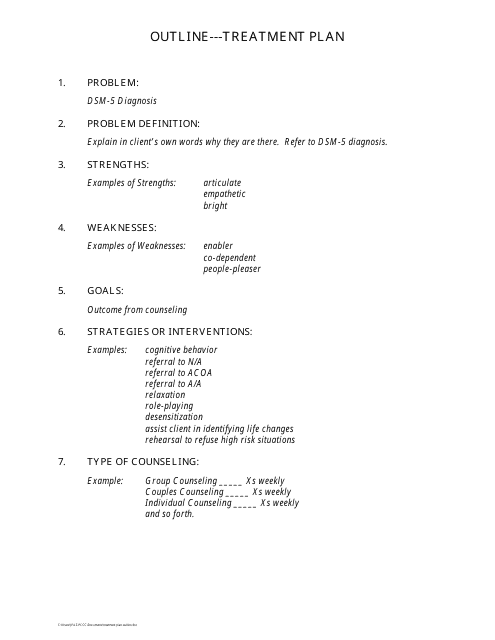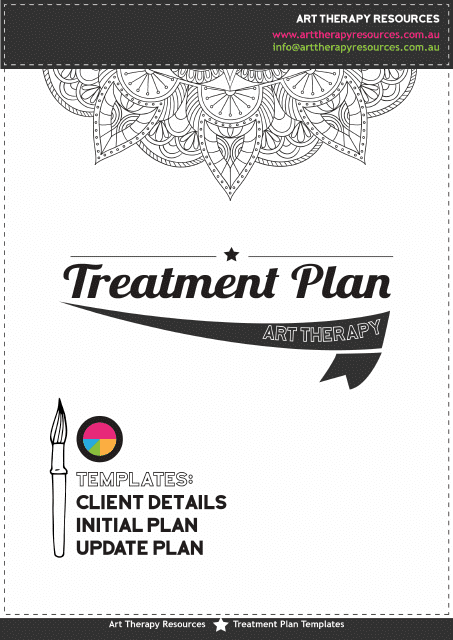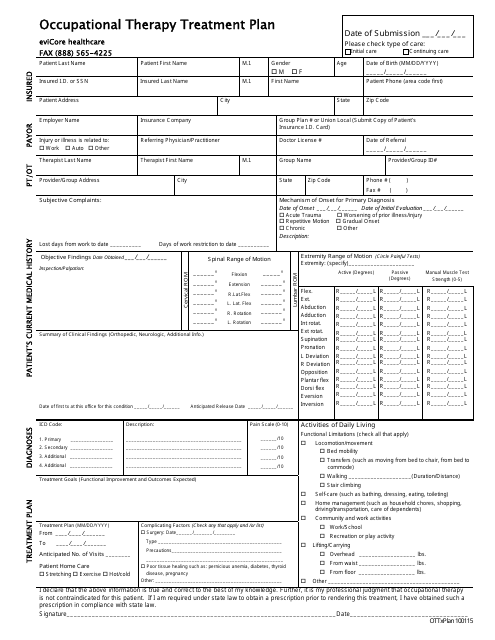Free Therapy Treatment Plan Templates
Therapy Treatment Plan: What Is It?
A Therapy Treatment Plan is a personalized plan of action that is created by a health professional and their client to help them reach specific goals. It outlines the strategies, techniques, and interventions that the health professional and the client will use to help the client reach their desired outcomes. The plan is tailored to the individual's needs and goals, and it is designed to help the client improve their mental health and overall well-being.
The plan typically includes the client's goals and objectives, the strategies and interventions that will be used to help the client reach their goals, the timeline for the plan, and the expected outcomes. It also includes the roles and responsibilities of both the health professional and the client. The plan is revised and updated as needed to ensure that it is still relevant and that it is meeting the client's needs.
Therapy treatment plans are an important part of the mental health process and a couple’s therapy treatment plan is just one of the common types available, specifically aimed at couples who are experiencing difficulty in their relationship.
A solution-focused therapy treatment plan focuses on helping clients identify and achieve their goals by focusing on solutions rather than problems. It is based on the idea that clients can create their own solutions to their problems by recognizing their strengths and resources.
For a full list of Therapy Treatment Plan templates please feel free to check out our library below.
How to Write a Treatment Plan for Therapy?
A treatment plan is an important part of therapy, as it outlines the goals of therapy, the strategies and techniques to be used to achieve these goals, and the timeline for achieving them. A good treatment plan should be tailored to the individual, taking into account their unique needs and goals. The first step in writing a treatment plan is:
- To assess the individual’s needs. This includes gathering information about their current mental health, physical health, and lifestyle. It is also important to consider the individual’s goals for therapy, as well as any external factors that may be influencing their mental health;
- Once the individual’s needs have been assessed, the next step is to set goals for therapy. These goals should be specific, measurable, achievable, realistic, and time-bound;
- The next step is to identify the strategies and techniques that will be used to achieve the goals. This may include cognitive-behavioral therapy, psychotherapy, medication, lifestyle changes, or a combination of these. It is important to choose strategies and techniques that are evidence-based and tailored to the individual;
- Finally, the timeline for achieving the goals should be established. This should include short-term goals that can be achieved within a few weeks or months, as well as long-term goals that may take several months or even years to achieve.
By following these steps, a comprehensive treatment plan can be created that is tailored to the individual’s needs and goals. This plan should be reviewed regularly to ensure that it is still relevant and that the individual is making progress towards their goals.
Haven't found the template you're looking for? Take a look at the related templates and forms below:
Documents:
3
This document is a template that healthcare professionals use to create a treatment plan for their patients. It helps outline the goals, interventions, and timeline for the patient's treatment.
This type of document provides structured formats to create tailored plans for individuals undergoing art therapy. It helps therapists in outlining goals, treatment methods, and progress tracking.
This document outlines protocols for Occupational Therapy treatment, formulated by Evicore Healthcare. It includes detailed plans, goals, and patient evaluation methods.



